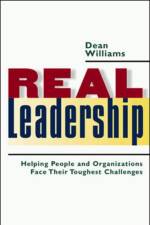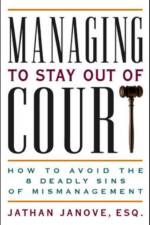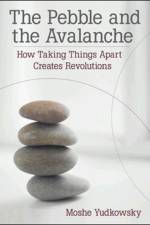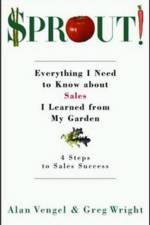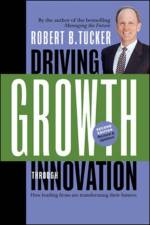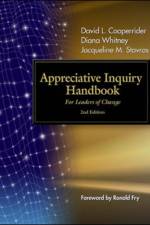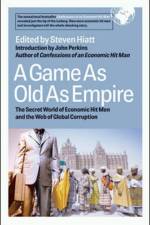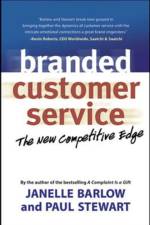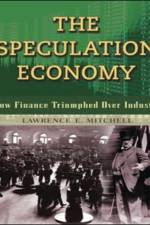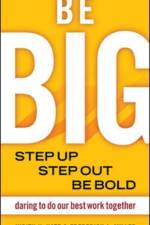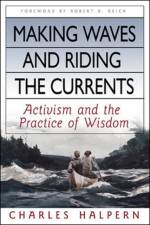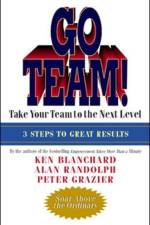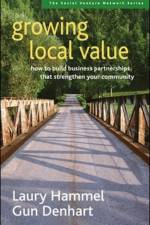av Judith Katz
201
Most large organisations in the U.S. and many smaller ones now have diversity training and diversity programs to help people learn how to work better together in today's increasingly diverse workplaces and show respect to all coworkers, customers, and others. Providing this kind of training has been the principal work of Be Big authors Judith Katz, Fred Miller, and their company, The Kaleel Jamison Consulting Group, for over 30 years, and they are leaders in this field. Be Big was developed explicitly to meet the needs that they see every day in their work, such as in their training of tens of thousands of workers at Allstate, Genentech and United Airlines.While the content may seem over-simplified or childish for a professional company workforce, it is just what Katz and Miller have found is needed and being asked for by many organisations.There is a big benefit to being big, not just to the organisation, but to every individual's career. To give your best every day, to stand up for yourself, to pursue big accomplishments, to add great value, and to help your coworkers do the same - this is incredibly empowering. It contributes to a central core of self esteem. It gives a person a solid sense of worth in the job market, so that if adversity strikes, they can be proud of the work they've done and the relationships they've nurtured - and such pride is a fundamental necessity for landing the next job. It also allows you to transcend ego, politics, and other workplace monsters.Be BIG ironically captures the idea in very small way, with simple aphorisms and explanations or complicated workplace issues that are lent character and simplicity by illustrations. In this way, concepts or ideas that might be threatening or one might be wary to address are met in a positive way. In a very big world it is easy to be small, but what Be BIG teaches is that it is so much better for you, me, and everyone if we all learn to be a bit bigger, a bit better, and a bit more ourselves.




